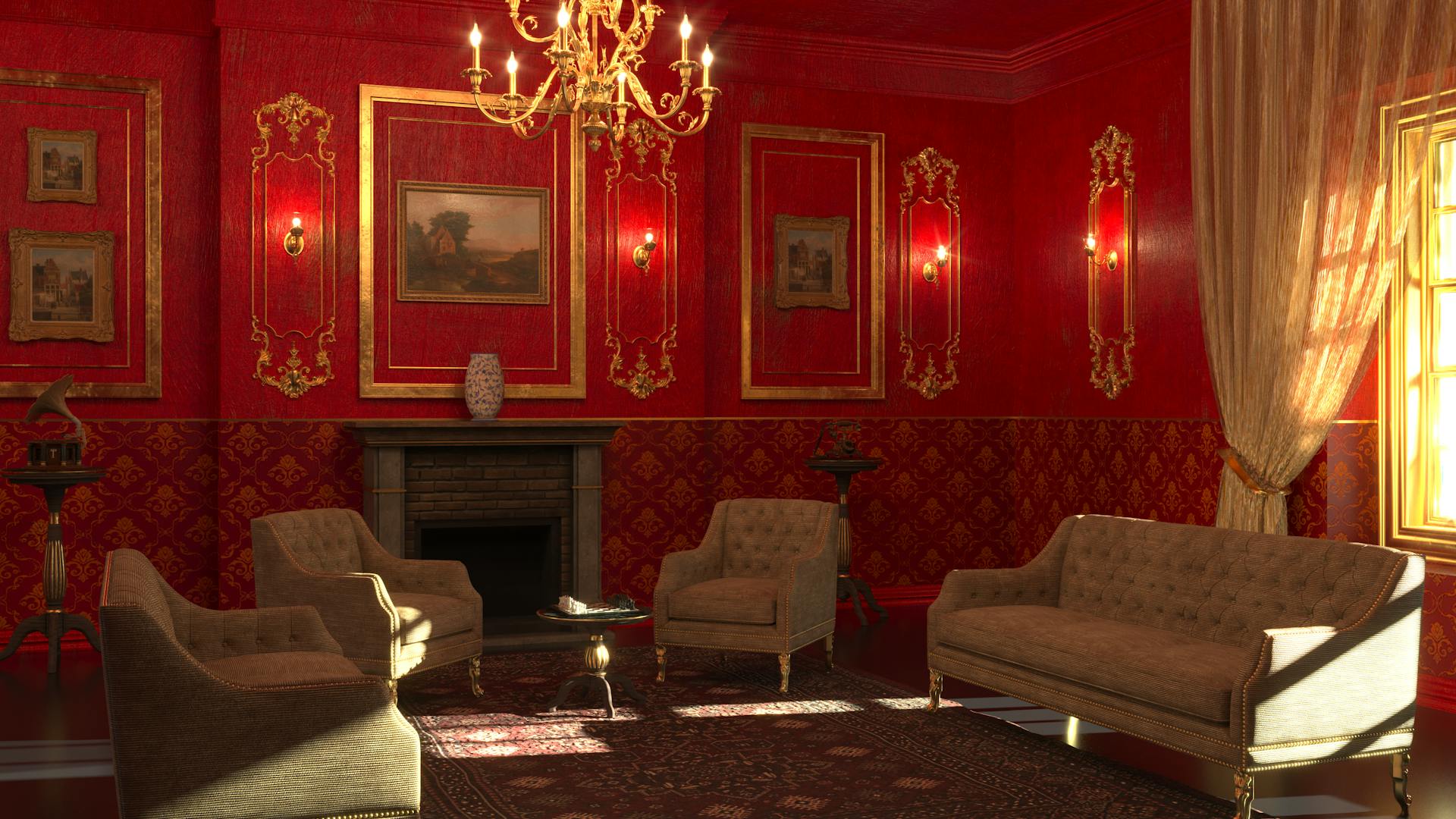The Enduring Appeal of Classic Design
In an era where trends come and go at dizzying speeds, classic furniture design stands as a testament to enduring beauty and sophistication. The marriage of traditional craftsmanship with contemporary functionality has never been more relevant, offering homeowners a pathway to create spaces that transcend time while meeting modern lifestyle demands.
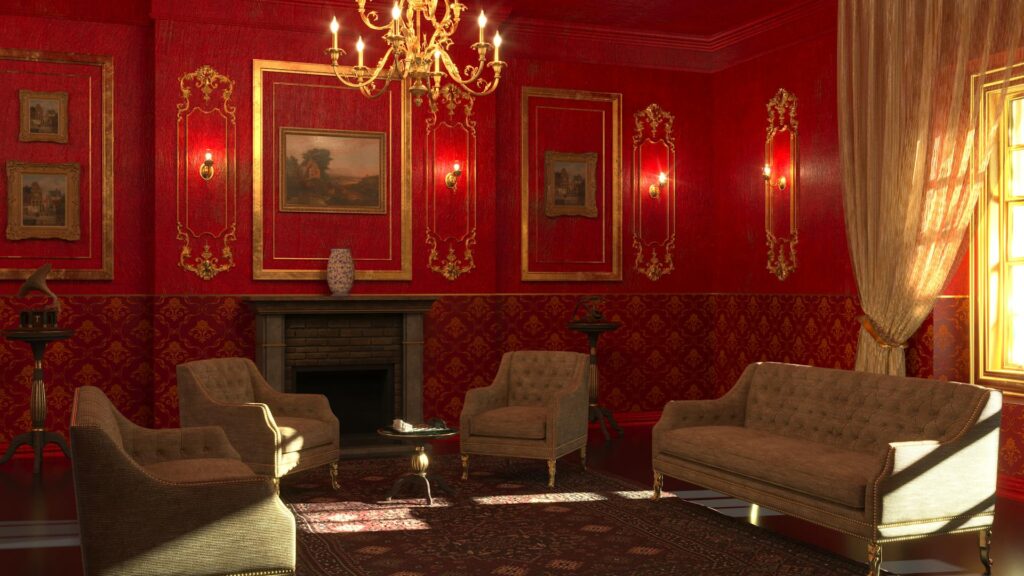
Understanding the Classic Design Philosophy
Classic design isn’t merely about replicating historical styles; it’s about embracing fundamental principles that have proven their worth across centuries. The perfect proportions, the harmony of elements, and the attention to detail that characterize classic design continue to captivate both designers and homeowners. These principles create spaces that feel both grand and welcoming, sophisticated yet comfortable.
The Modern Interpretation of Classical Elements
Today’s classic design integrates traditional elements with contemporary sensibilities. Crown moldings might meet minimalist furniture, while antique mirrors reflect smart home technology. This thoughtful fusion creates interiors that honor historical design wisdom while embracing modern innovation. The result is spaces that feel both timeless and thoroughly current.
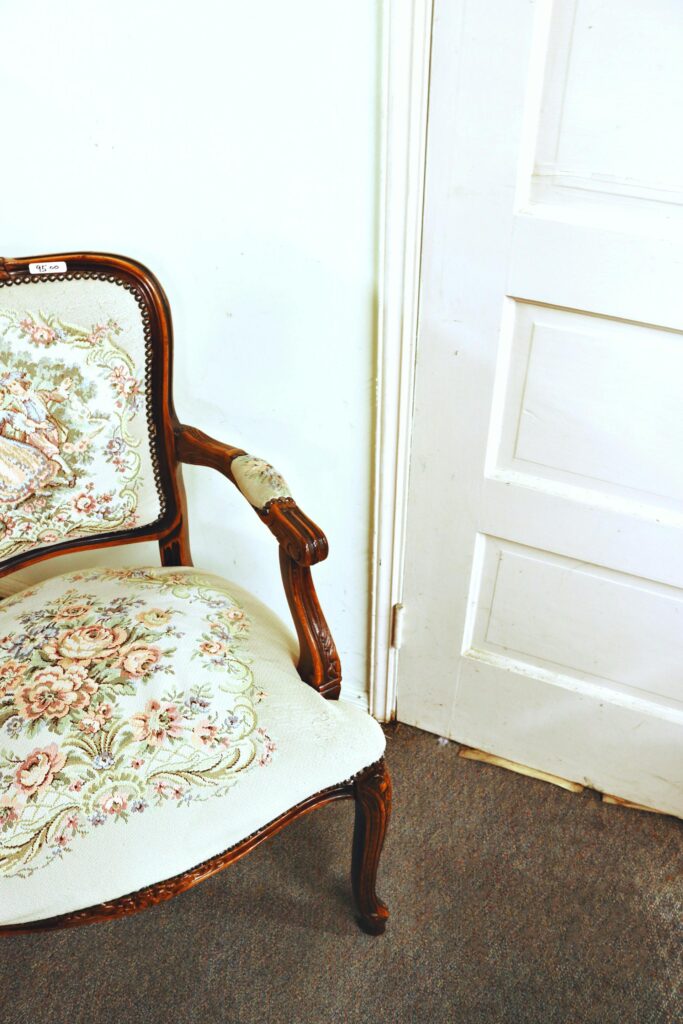
Materials That Tell a Story
In classic design, the choice of materials plays a crucial role in creating lasting beauty. From hand-carved wood and natural stone to premium textiles and metalwork, each material is selected not just for its aesthetic appeal but for its ability to age gracefully. These materials develop a rich patina over time, adding character and depth to your space.
The Role of Craftsmanship in Classic Design
At the heart of classic design lies exceptional craftsmanship. Whether it’s a hand-joined piece of furniture or a carefully restored architectural detail, the human touch evident in well-crafted elements brings warmth and authenticity to a space. This commitment to quality ensures that each piece not only looks beautiful but stands the test of time.
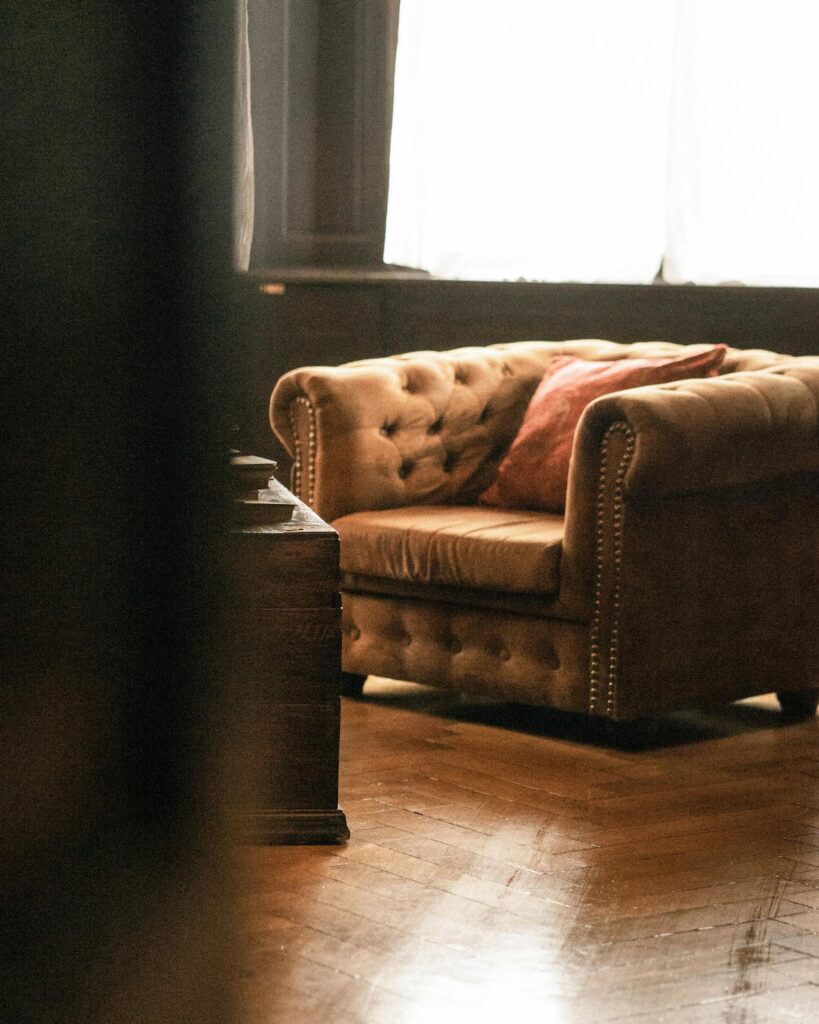
Color Palettes That Transcend Trends
Classic design typically employs a sophisticated color palette that remains relevant regardless of passing fads. Neutral bases paired with carefully chosen accent colors create depth and interest while maintaining versatility. This approach allows for easy updates without compromising the overall design integrity.
Creating Balance in Modern Spaces
One of the greatest challenges – and opportunities – in classic design is achieving perfect balance. This means harmonizing different periods and styles, mixing patterns and textures, and combining formal elements with casual comfort. The goal is to create spaces that feel curated rather than decorated, evolved rather than designed.
Lighting as a Transformative Element
In classic design, lighting plays both a functional and decorative role. From crystal chandeliers to understated sconces, lighting fixtures serve as jewelry for the home while creating the perfect ambiance. The strategic use of both natural and artificial light helps highlight architectural details and create mood throughout the day.
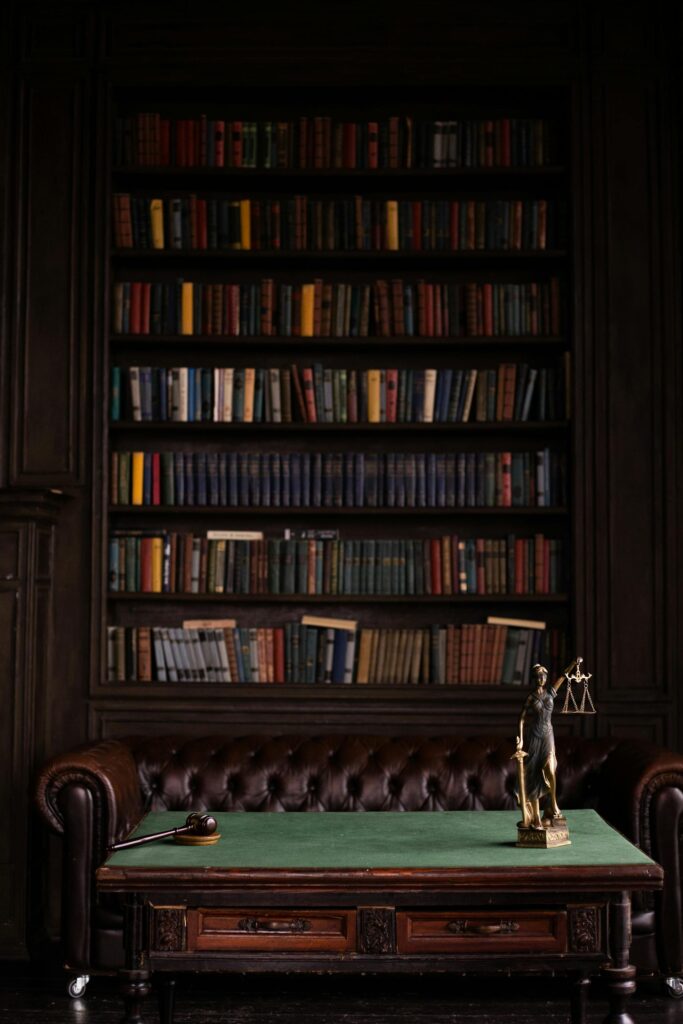
The Importance of Scale and Proportion
Perhaps nowhere is the mastery of classic design more evident than in its handling of scale and proportion. Whether in a grand estate or a modest apartment, classic design principles help create spaces that feel perfectly balanced. This attention to spatial relationships ensures that rooms feel neither overcrowded nor sparse.
Incorporating Antiques and Heritage Pieces
One of the joys of classic design is its ability to showcase antiques and heritage pieces meaningfully. These elements add depth and character to a space while connecting it to history. The key lies in selecting pieces that complement rather than compete with each other, creating a cohesive narrative throughout the home.
The Future of Classic Design
As we look to the future, classic design continues to evolve while maintaining its core principles. Sustainable materials, smart home technology, and contemporary art find their place alongside traditional elements, proving that classic design is far from static. This ability to adapt while maintaining its essential character ensures its continued relevance.
Living with Classic Design
Perhaps the most compelling argument for classic design is how it enhances daily living. These spaces age gracefully, adapt to changing needs, and provide a sense of permanence in an increasingly transient world. They become not just beautiful backgrounds but partners in creating a life well-lived.
Classic design remains a powerful approach to creating spaces that transcend trends while embracing the best of contemporary living. By understanding and applying its principles thoughtfully, we can create homes that not only look beautiful today but continue to delight and inspire for generations to come.
